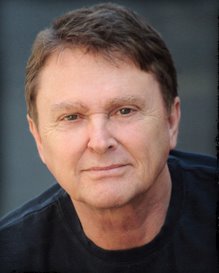Merry Wanderer of the Night [Search results for safety]
Bump Key: safety of the lock under the threat
Libya: Years of conflict threaten archaeology in Libya

Your house trusts Advanced Direct Security
Leif Reads: The Scary Presence of Plastics

Review: Want to Go Private? by Sarah Darer Littman
Rising of the New Moon
Review: Variant by Robison Wells
The stadium has not sustained loading
Morocco: Morocco to restore synagogues in Casablanca

National Ecological Institute in South Korea
Guest Post: Shane Briant, Author of WORST NIGHTMARES

A Change Has Come...
The Bulldogs (based on an underground comic-book)

Amal al-Sadah, the Youngest Wife of Osama bin Laden

Review: THE FORBIDDEN DAUGHTER, by Shobhan Bantwal
Look...no hands! New 'ride' gives adrenaline junkies chance to walk around the outside of CN Tower





